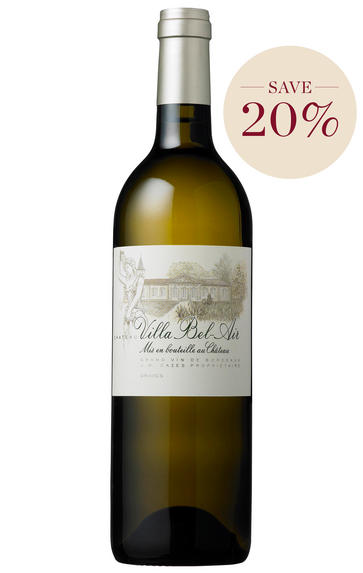
About this WINE
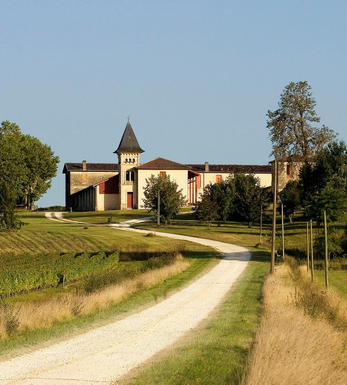
Chateau Villa Bel-Air
Château Villa Bel-Air is located in the Southern part of Graves, in the parish of Saint-Morillon, near La Brède. Villa Bel-Air's buildings have been listed as part of France's historical monuments and are a perfect illustration of the French Revolution period.
In 1988, the Cazes family, already owners of Châteaux Lynch-Bages and Les Ormes de Pez, bought Villa Bel-Air. Jean-Michel Cazes undertook an important programme of restoration and enlisted Daniel Llose (General Technical Manager for the Cazes family) and Guy Delestrac to improve the vineyards. The old parcels of land, which had been pulled out, were replanted and the property was equipped with a new drainage system.
The production at Villa Bel-Air is done with great care and the wines are traditionally fermented in stainless steel. After blending, the wines are oak aged for 12 to 15 months and each barrel is racked every three months. The wines produced are supple, elegant, well balanced and display luscious tannins.
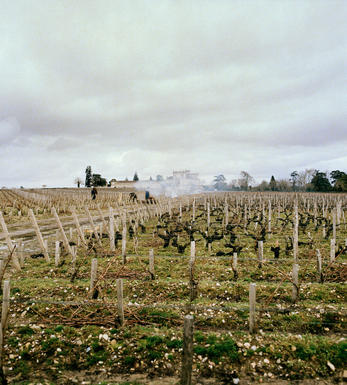
Graves
Graves is the region which first established Bordeaux's wine reputation. Its wines were exported to England as early as the 12th century and Samuel Pepys drank Ho Bryan (sic) in London on 10th April, 1663.
The names Graves is derived from ‘gravel’ and the best soils are gravel-rich, mixed with sand and occasionally clay. Graves is larger in areas than the Médoc but produces only half the amount of wine. The best wines of Graves were initially classified in 1953 with this classification being confirmed in 1959.
Until 1987, this entire region, which runs immediately south of the city of Bordeaux until it reaches Sauternes, was known as the Graves and its entirety is still sometimes informally referred to as such, but from the 1986 vintage a new communal district was created within Graves, based on the districts of Pessac and Léognan, the first of which lies within the suburbs of the city.
Pessac-Léognan has the best soils of the region, very similar to those of the Médoc, although the depth of gravel is more variable, and contains all the Classed Growths of the region. Some of its great names, including Ch. Haut-Brion, even sit serenely and resolutely in Bordeaux's southern urban sprawl.
The climate is milder than to the north of the city, and the harvest can occur up to two weeks earlier. This gives the best wines a heady, rich and almost savoury character, laced with notes of tobacco, spice and leather. Further south, the soil is sandier with more clay, and the wines are lighter, fruity and suitable for earlier drinking.
Recommended Châteaux
Ch. Haut-Brion, Ch. la Mission Haut-Brion, Ch. Pape Clément, Ch. Haut-Bailly, Domaine de Chevalier, Ch. Larrivet Haut-Brion, Ch. Les Carmes Haut-Brion, Ch. La Garde, Villa Bel-Air.
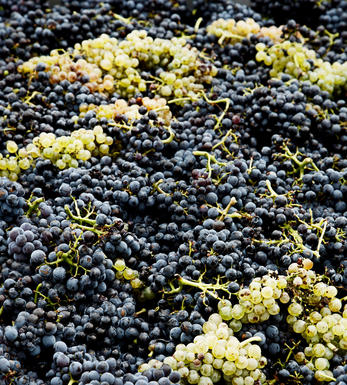
Other Varieties
There are over 200 different grape varieties used in modern wine making (from a total of over 1000). Most lesser known blends and varieties are traditional to specific parts of the world.


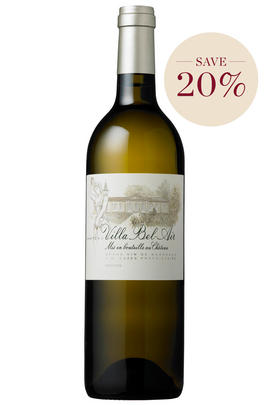
Buying options
Add to wishlist
Description
The price of the 75cl bottle, reduced from £18 previously, includes a 20% discount. This offer does not apply to BBX listings.
Chateau Villa Bel-Air is a typical Graves blend made from 50% Sauvignon Blanc and 50% Semillon. There is an incredibly fresh yet delicate bouquet comprised of lemon peel, grapefruit, and honeysuckle, with a slight hint of vanilla. Crisp citrus notes continue onto the palate leading to wonderful acidity and balance. A versatile wine which can be enjoyed as an aperitif but would equally pair very well with most seafood.
Oliver Hallworth, Buying Assistant, Berry Bros. & Rudd (November 2022)
wine at a glance
Delivery and quality guarantee